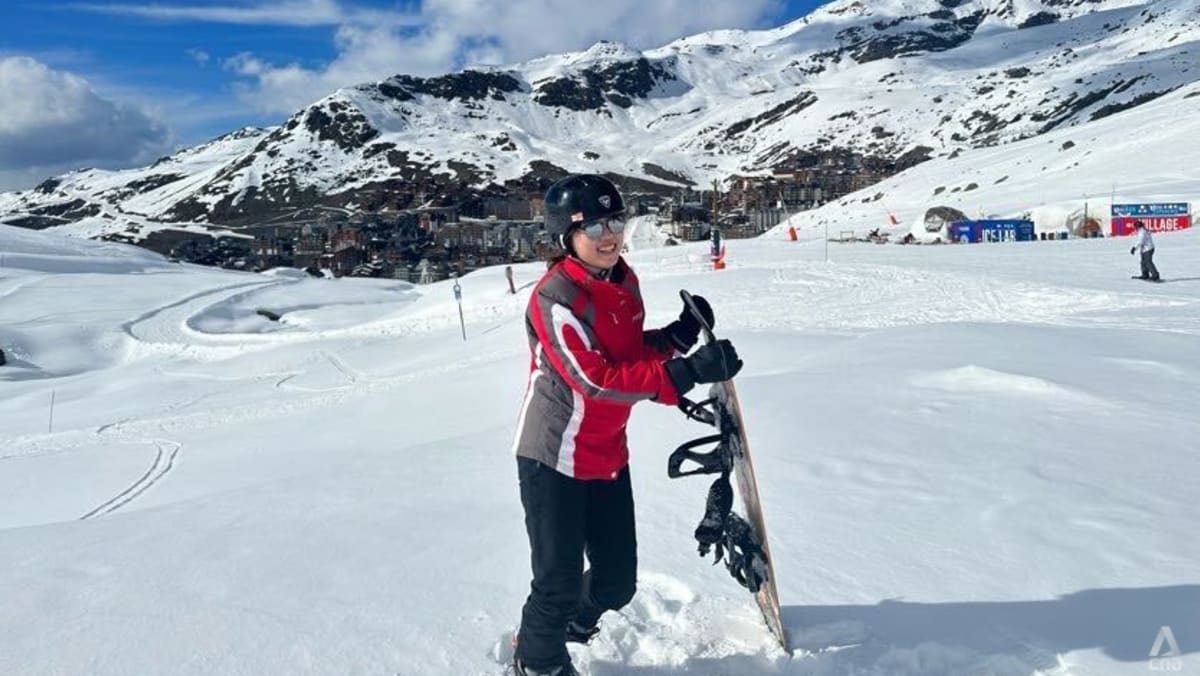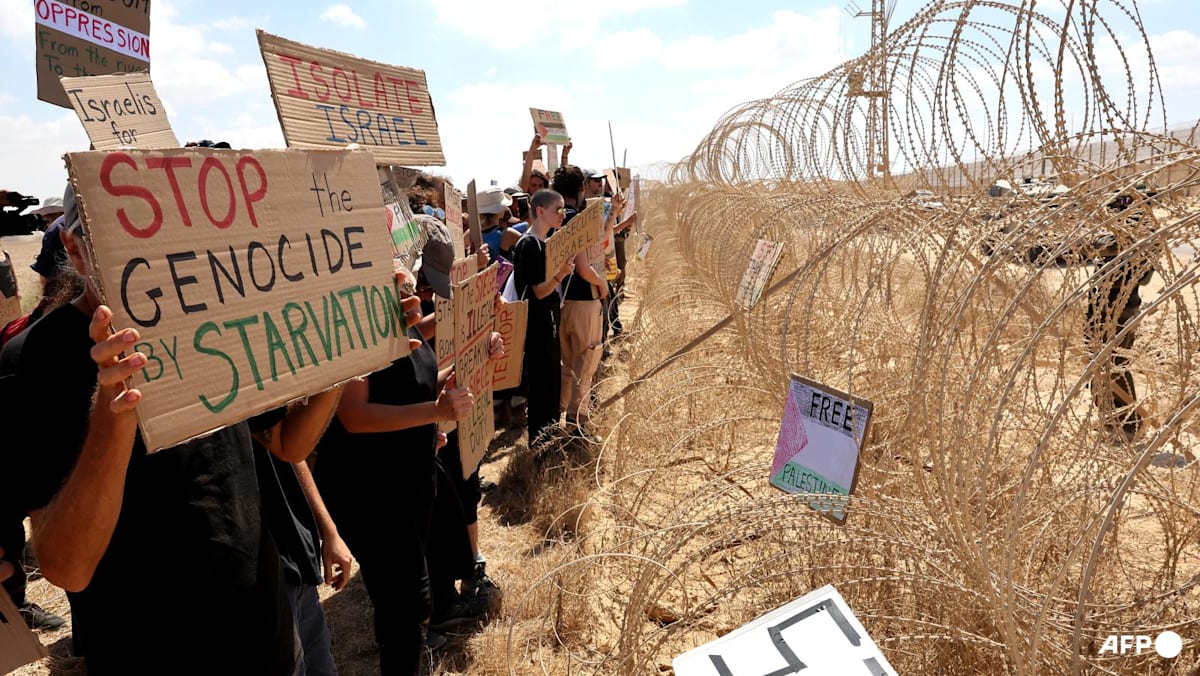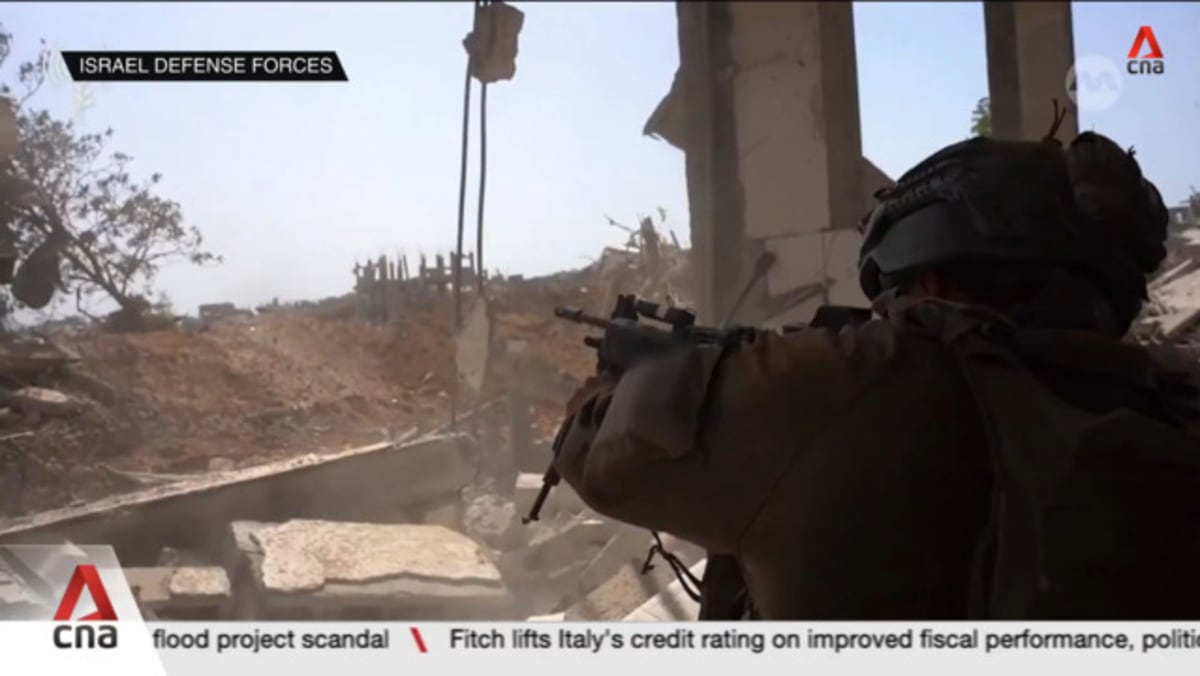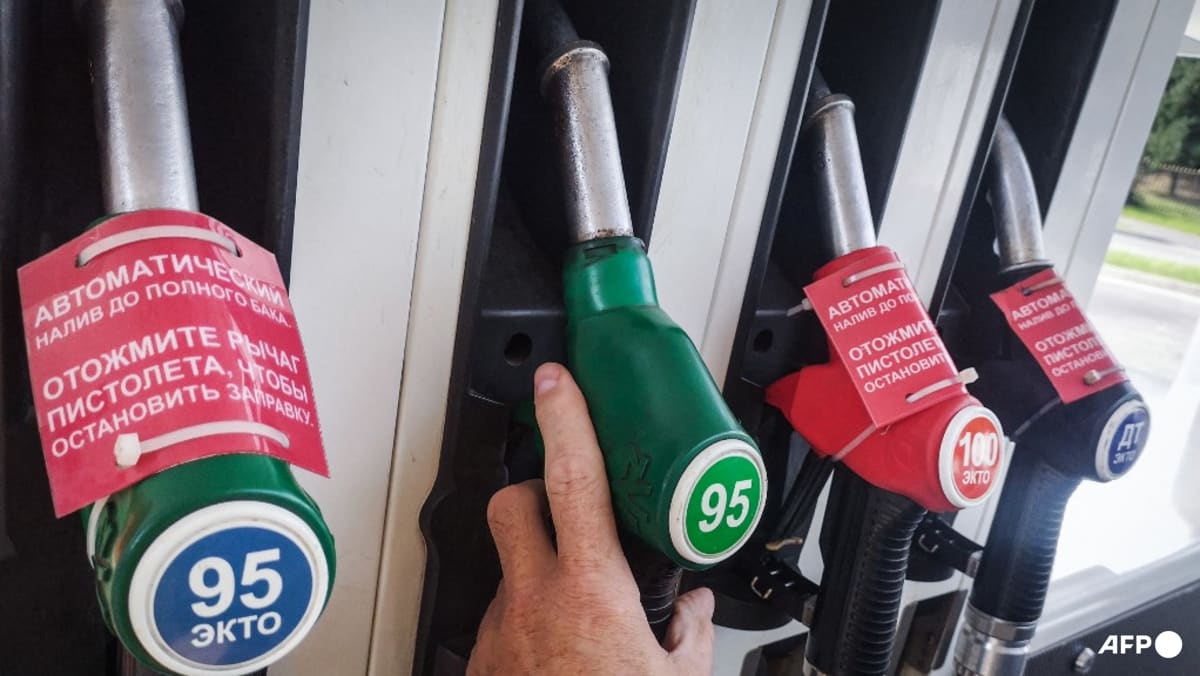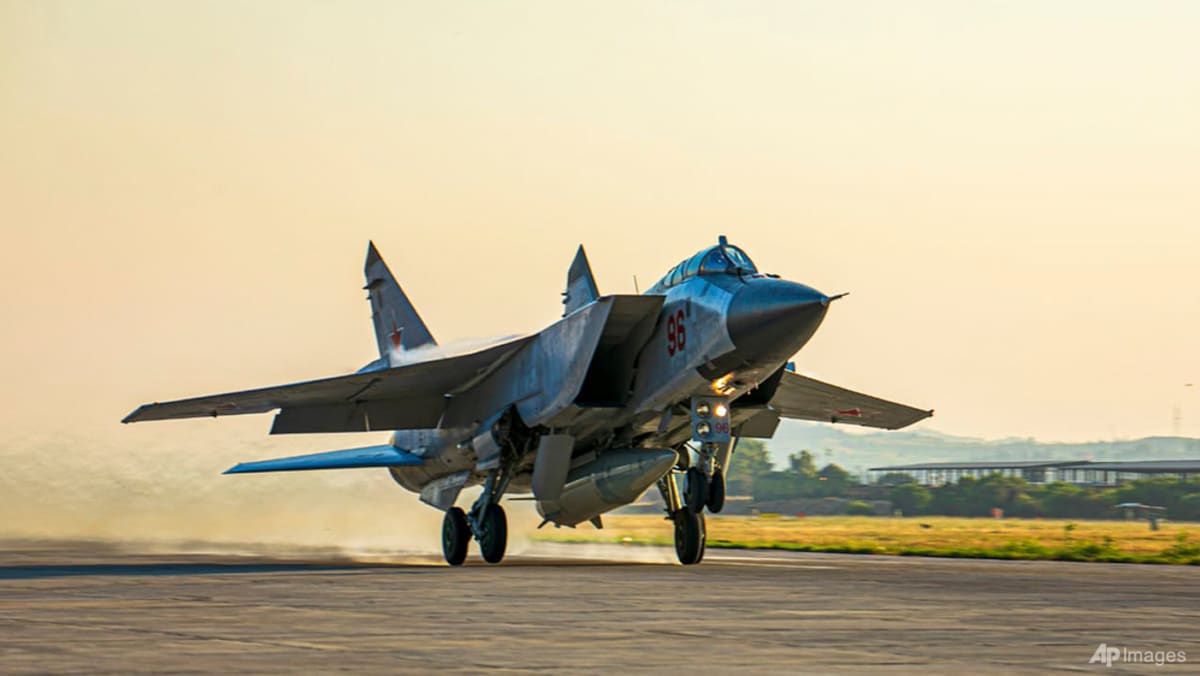GLACIERS NO LONGER RELIABLE
Thomas Boillot, a mountain guide, said the idea of water running out at alpine shelters had once “never even crossed our minds.”
That is no longer the case. Melting snowfields, reduced precipitation, and reshaped glaciers are combining to disrupt the natural flow of water. In some cases, future supply may need to be pumped from lower altitudes.
Scientists warn that climate change is hitting the Alps nearly twice as hard as other regions. Many glaciers could vanish entirely by the end of the century, leaving only traces behind.
VISIBLE IMPACT IN FRANCE AND SWITZERLAND
In neighbouring Switzerland, authorities say snow and ice reserves have melted five to six weeks earlier than usual.
Xavier Cailhol, an environmental science PhD student and guide, recently toured Mont Blanc and called the heatwave’s effects “brutal.”
“I started ski-touring in June with 40 centimetres of powder snow. I ended up on bare glaciers, even at 3,700 metres near the Midi Peak,” he said.
A snow cover helps protect the glacier beneath by reflecting sunlight, he noted. But this year, “above 3,200 metres, it’s drier than anything we’ve seen before.”
One stark example is the Bossons Glacier, which looms over the Chamonix valley. A patch of gravel that formed on the ice is now expanding, and absorbing more heat, accelerating the melt.
The glacier’s retreat is clearly visible from Chamonix, a daily reminder of what is happening across the Alps.





